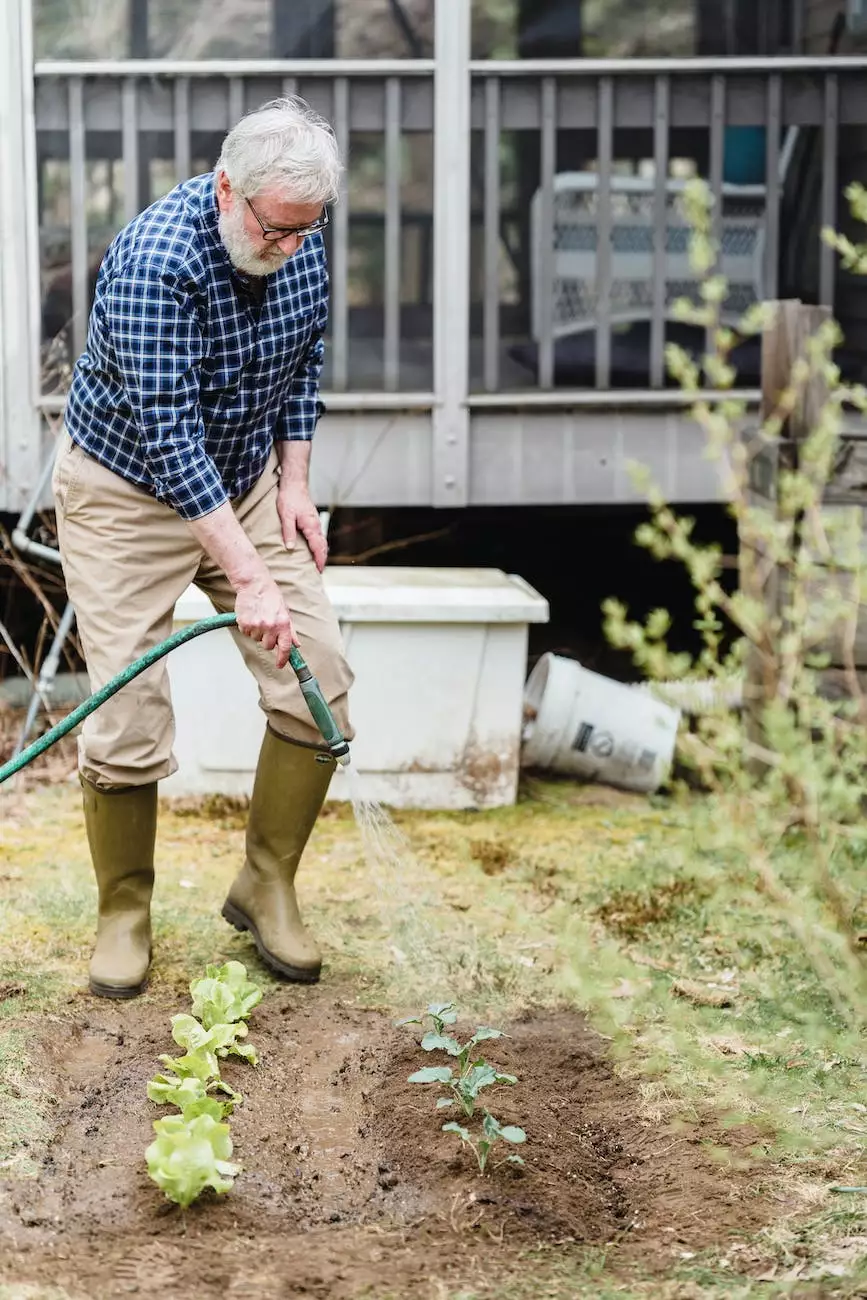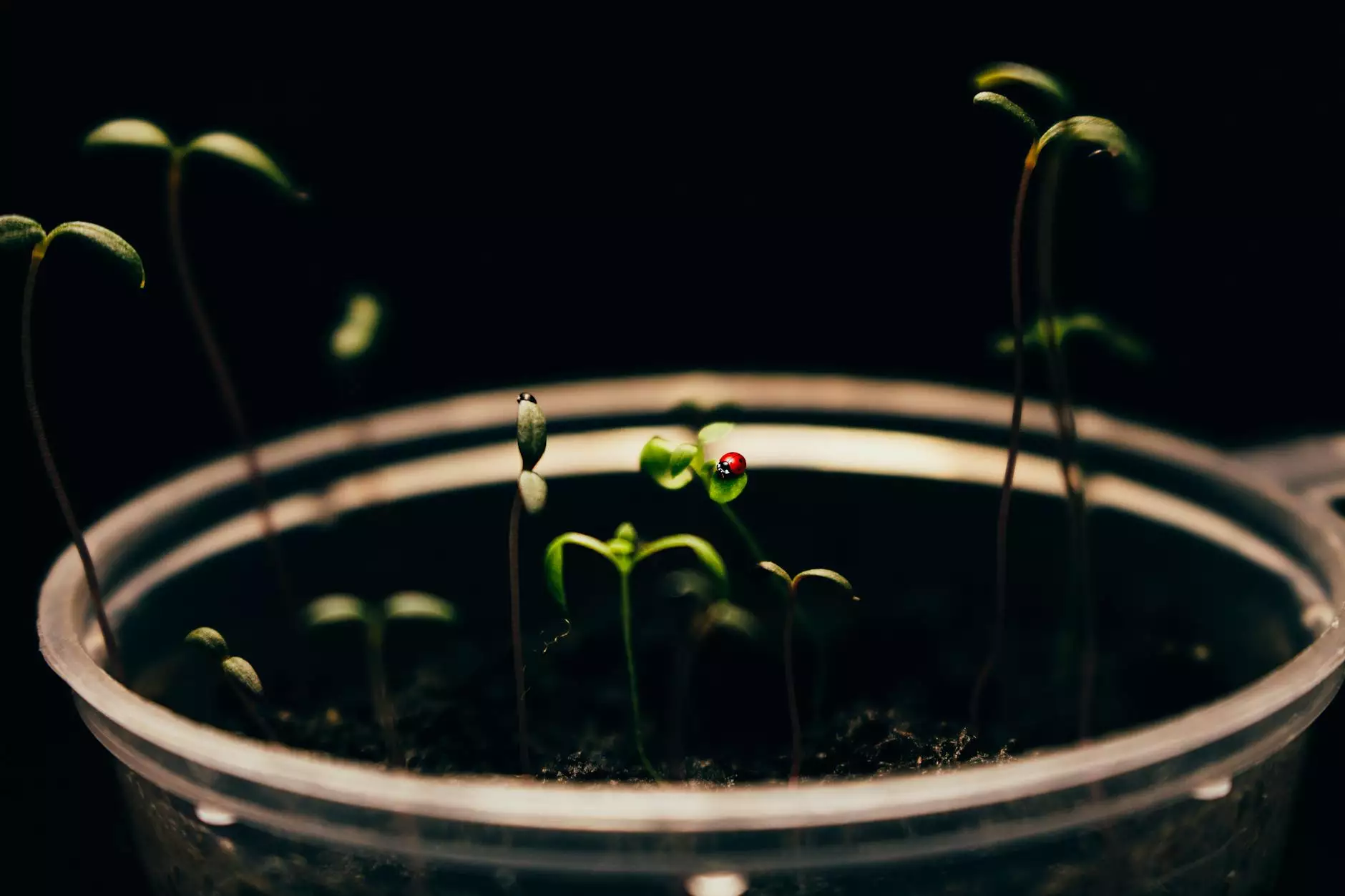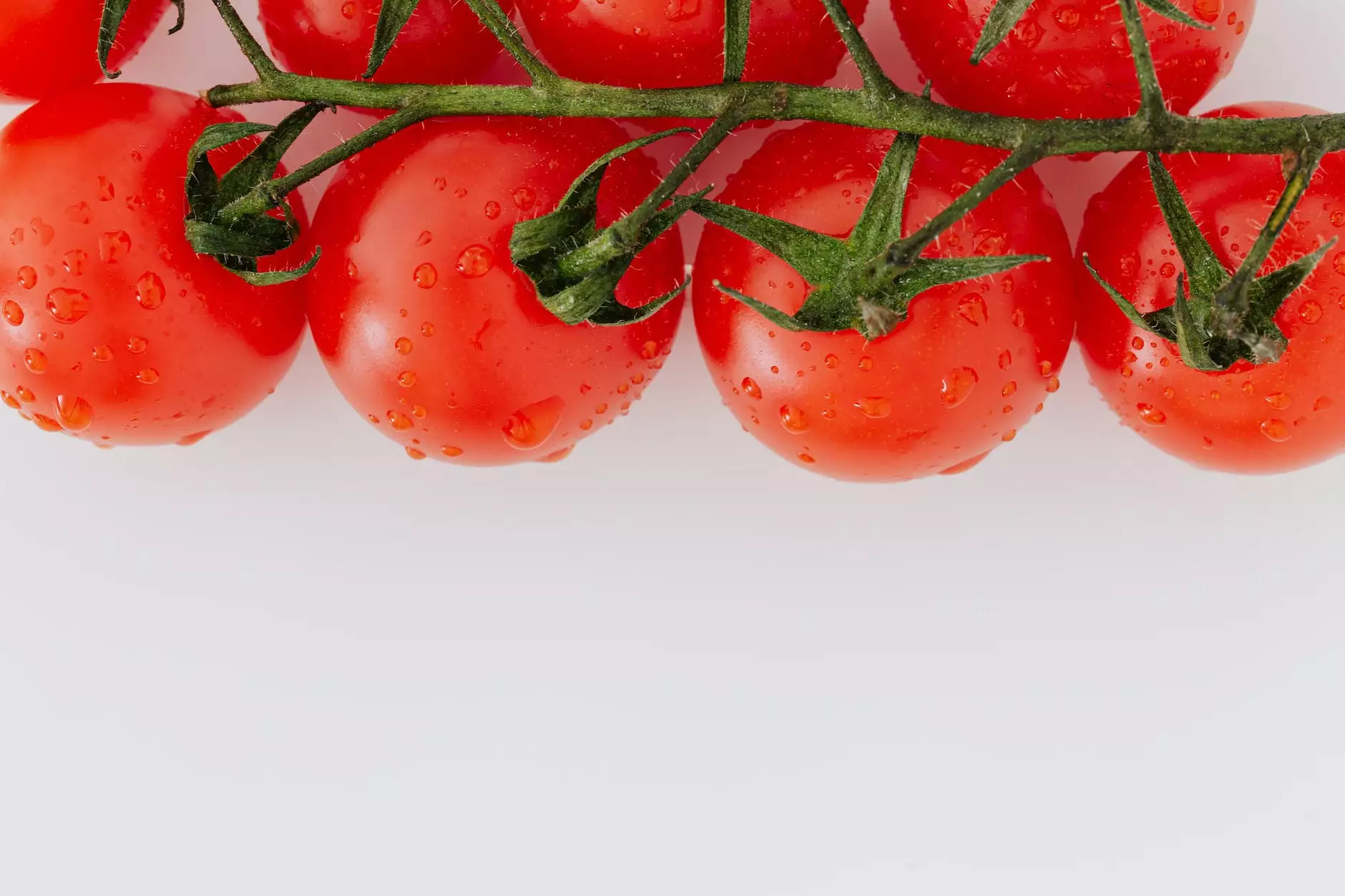What is Irrigation?
Blog
Welcome to Cultivate Colorado's guide on irrigation, brought to you by Grow Your Own! In this comprehensive resource, we will delve into the importance of irrigation in gardening and farming, exploring various methods, benefits, and practical tips to optimize your plant growth and yield.
Understanding Irrigation
Irrigation refers to the artificial application of water to plants in order to provide the necessary moisture for their growth and development. It is an essential practice for maintaining healthy crops and gardens, especially in regions where rainfall alone is insufficient to meet the water requirements of plants.
Types of Irrigation Methods
Irrigation can be carried out using different methods, each offering specific advantages and suitability for diverse environments:
Drip Irrigation
Drip irrigation, also known as trickle irrigation, is a highly efficient method that delivers water directly to the plant's root zone. It minimizes water waste by ensuring targeted irrigation only at the desired locations, reducing evaporation and runoff. Drip irrigation systems often utilize small tubes or pipes with emitters that release water in a slow and controlled manner, promoting optimal plant hydration.
Sprinkler Irrigation
Sprinkler irrigation involves the use of overhead sprinklers that spray water over plants in a circular pattern, simulating natural rainfall. This method is suitable for larger areas and can cover a wide range of crops. Sprinkler irrigation provides uniform water distribution, reducing the risk of localized dry spots and ensuring adequate moisture penetration.
Surface Irrigation
Surface irrigation is a traditional method where water is applied directly to the soil surface, allowing it to infiltrate and reach the plant roots by gravity. This technique is commonly used in flat or gently sloping terrains. Surface irrigation requires proper land leveling and the implementation of channels or furrows to guide the water flow.
Subsurface Irrigation
Subsurface irrigation, also known as subsurface drip irrigation or underground irrigation, involves the placement of water delivery systems below the soil surface. This method minimizes water loss due to evaporation and provides direct moisture to the plant roots, resulting in improved water efficiency and enhanced plant growth.
Benefits of Irrigation
Irrigation offers numerous benefits that contribute to the success of your gardening or farming endeavors:
Enhanced Plant Growth
With irrigation, you can provide a consistent supply of water to your plants, ensuring they receive the necessary hydration throughout their growth stages. This leads to improved plant growth rates, larger yields, and healthier crops.
Flexibility in Water Management
Irrigation systems allow you to have control over the amount of water provided to your plants. This flexibility enables you to adjust water delivery according to specific plant requirements, weather conditions, and soil moisture levels. It helps prevent under or overwatering, maximizing water efficiency.
Increase in Crop Diversity
Irrigation broadens the range of crops you can cultivate. By supplementing natural rainfall, you can grow crops that would otherwise struggle in arid or semi-arid regions. This opens up opportunities for diversification, expanding your farming or gardening options.
Improved Water Conservation
Efficient irrigation practices, such as drip or subsurface irrigation, significantly reduce water wastage by delivering water directly to the root zones. By minimizing evaporation and runoff, you can conserve this precious resource while maintaining optimal plant hydration.
Tips for Effective Irrigation
To make the most of your irrigation system, consider the following tips:
1. Understand Your Plants' Water Needs
Different plants have varying water requirements. Take time to research the specific water needs of each crop or species in your garden or farm. This knowledge will help you tailor your irrigation schedule and avoid over or underwatering.
2. Invest in Quality Irrigation Equipment
Choose reliable irrigation equipment that suits your specific needs. Ensure proper installation and regular maintenance to optimize system performance and prevent leaks or malfunctions that may result in water wastage.
3. Implement Water Conservation Techniques
Consider incorporating water-saving techniques into your irrigation practices. Mulching, for example, helps retain soil moisture, reducing the frequency of watering sessions. Additionally, using rainwater collection systems or recycling wastewater can supplement your irrigation needs sustainably.
4. Monitor Soil Moisture Levels
Regularly monitor the moisture content in your soil to determine when to irrigate. Various tools and sensors are available to assist you in gauging soil moisture accurately. Adjust your watering schedule accordingly to avoid waterlogging or drought stress.
5. Observe Environmental Factors
Consider external factors such as weather patterns, temperature, and humidity when scheduling your irrigation. Rainfall forecasts can guide you in adjusting the frequency and duration of watering sessions, maintaining a balance between natural and artificial water supply.
Choosing the Right Irrigation System
When selecting an irrigation system, it's important to consider factors such as your garden or field size, crop types, water availability, and budget. Consulting with irrigation professionals or experts at Grow Your Own can help you determine the most suitable irrigation method for your specific needs.
Conclusion
In summary, irrigation plays a crucial role in maintaining healthy plant growth and maximizing yields in gardening and farming. By understanding different irrigation methods and implementing effective strategies, you can optimize your water usage, conserve resources, and achieve fruitful harvests. Remember to consider the unique needs of your plants, monitor soil moisture levels, and choose the right irrigation system to ensure success in your cultivation endeavors.




